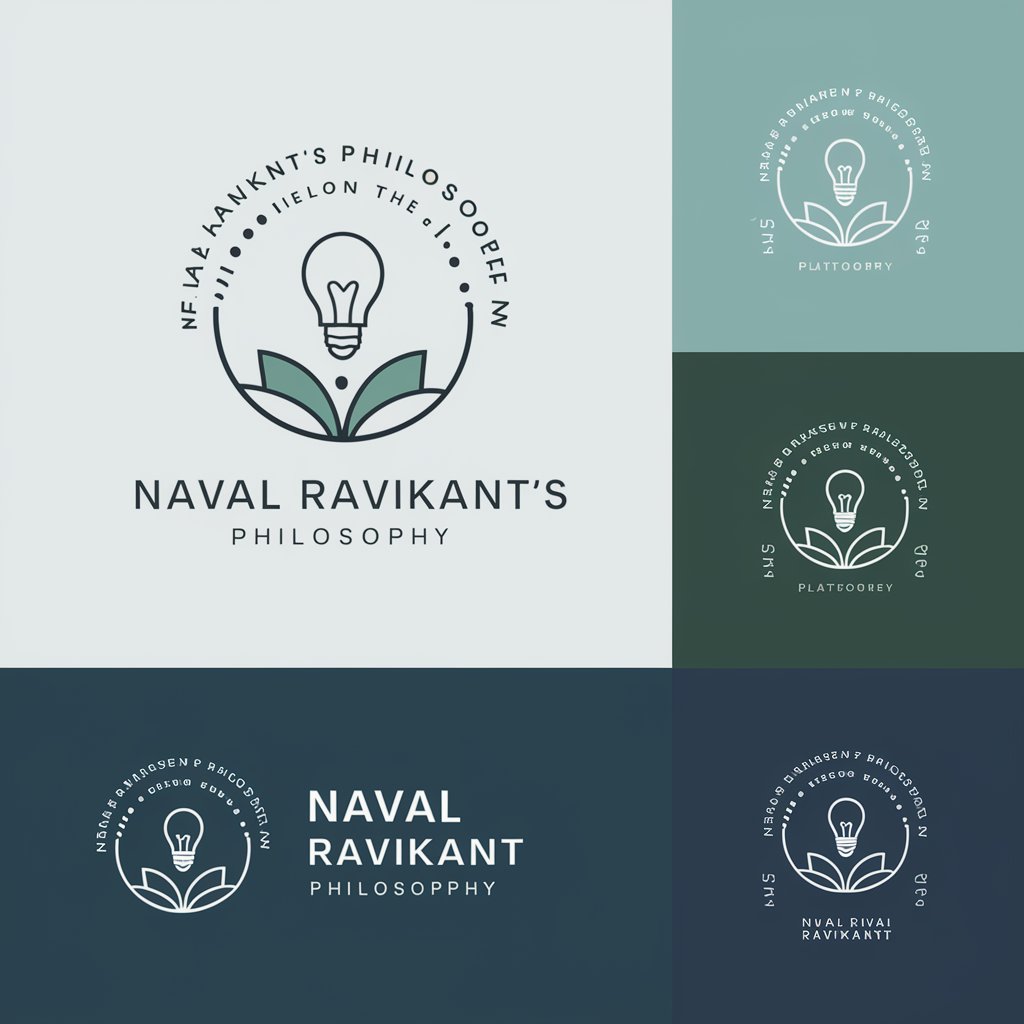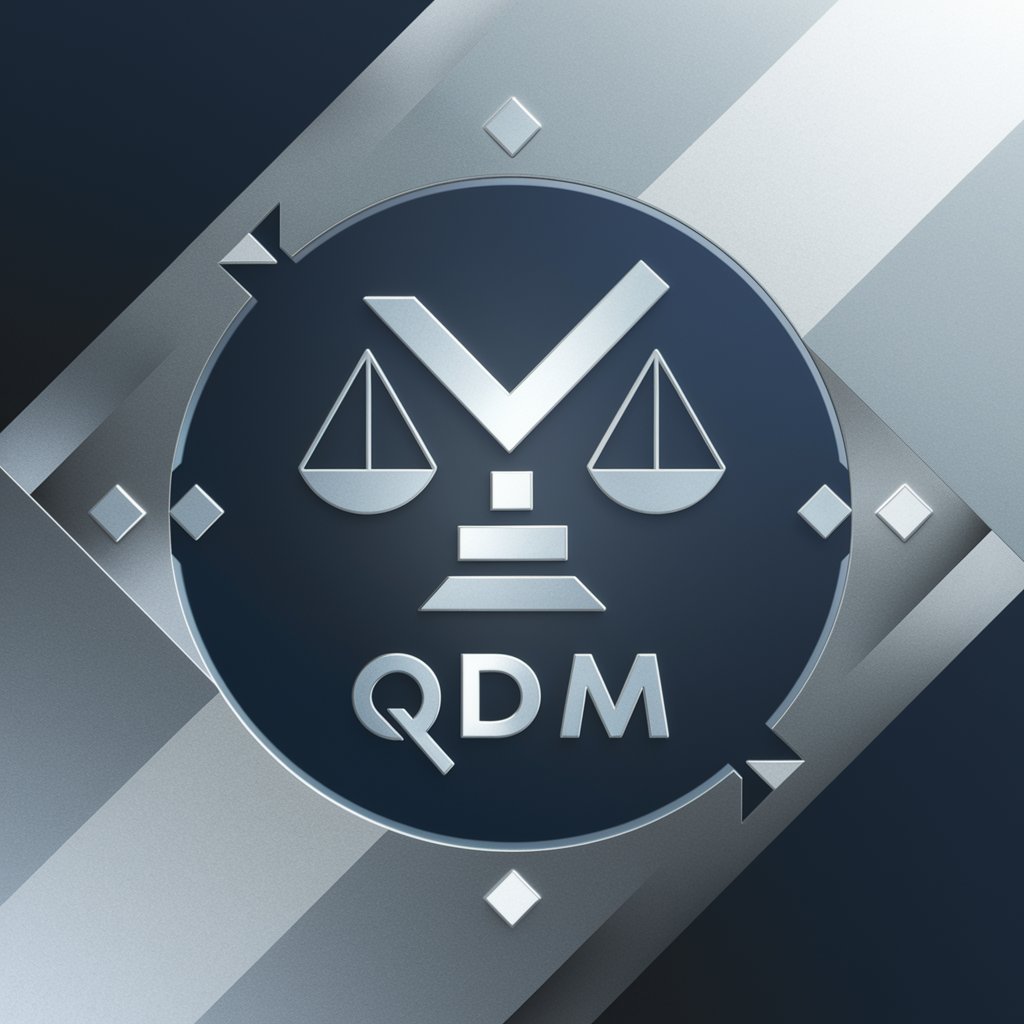Quantum Mechanics - AI-powered quantum mechanics tool

Unleash Quantum Insights with AI
What's a fascinating fact about Niels Bohr?
Can you suggest a simple quantum experiment for beginners?
What are the latest advancements in quantum computing?
How does quantum mechanics relate to biology?
Get Embed Code
Introduction to Quantum Mechanics
Quantum mechanics is a fundamental branch of physics that describes the behavior of matter and energy on the smallest scales—those of atoms and subatomic particles. Unlike classical mechanics, which governs macroscopic objects and follows deterministic laws (e.g., Newton's laws of motion), quantum mechanics operates under probabilistic principles. Key ideas include wave-particle duality, superposition, and entanglement. One of the foundational experiments illustrating quantum mechanics is the double-slit experiment, which demonstrates that particles like electrons can behave both as particles and waves depending on how they are observed. This probabilistic nature reflects the uncertainty and complexities of the quantum world. Quantum mechanics has revolutionized our understanding of physical laws and has led to numerous technological breakthroughs. Examples include quantum computing, where the properties of quantum bits (qubits) allow for computations far beyond the capabilities of classical computers, and quantum cryptography, which uses principles like entanglement for secure communication. Powered by ChatGPT-4o。

Main Functions of Quantum Mechanics
Wave-Particle Duality
Example
In the double-slit experiment, when particles such as electrons are fired at a screen with two slits, they form an interference pattern, suggesting wave-like behavior. However, when measured at the slit, they behave like particles.
Scenario
Wave-particle duality is essential in designing quantum computers. Engineers use the wave-like behavior of electrons in quantum systems to perform calculations in parallel, increasing efficiency.
Superposition
Example
A quantum system can exist in multiple states simultaneously. For instance, in Schrödinger's thought experiment, a cat can be in a superposition of 'alive' and 'dead' states until observed.
Scenario
Superposition is a key principle in quantum computing, where qubits can represent both 0 and 1 simultaneously, unlike classical bits. This allows quantum computers to perform multiple calculations at once, vastly improving their computational power.
Quantum Entanglement
Example
Two particles can become entangled, meaning the state of one particle is directly related to the state of another, no matter the distance between them.
Scenario
Quantum entanglement is applied in quantum cryptography to create secure communication channels. By using entangled particles, any attempt at eavesdropping alters the system, alerting the users to a potential security breach.
Heisenberg Uncertainty Principle
Example
This principle states that one cannot simultaneously know both the position and momentum of a particle with perfect precision. For example, the more precisely we know an electron’s position, the less precisely we can know its momentum.
Scenario
This concept is applied in electron microscopy. The uncertainty principle limits how precisely we can measure certain properties at atomic scales, guiding the design of instruments and experiments.
Ideal Users of Quantum Mechanics Services
Quantum Computing Researchers and Engineers
This group benefits from quantum mechanics by leveraging the principles of superposition, entanglement, and tunneling to create cutting-edge computational systems. These researchers require deep insights into quantum theory to design qubits, error-correcting codes, and quantum algorithms that can outperform classical computers.
Physicists and Academia
Physicists and students studying quantum mechanics at the graduate level rely on its concepts to advance our understanding of the universe. They work on refining theoretical models, conducting experiments to test quantum phenomena, and exploring the potential for new technologies. Their focus includes particle physics, quantum field theory, and cosmology.
Cryptography and Cybersecurity Experts
Quantum mechanics is revolutionizing cybersecurity. Professionals in this field use quantum principles to develop quantum encryption methods, like quantum key distribution (QKD), ensuring more secure communication. They need to understand quantum phenomena such as entanglement and superposition to design protocols resistant to hacking attempts.
Chemists and Material Scientists
Chemists and material scientists use quantum mechanics to understand the behavior of molecules and materials at the atomic level. Quantum models allow them to predict molecular structures, chemical reactions, and material properties. This is essential for drug discovery, creating new materials, and nanotechnology.
Philosophers and Theorists
Philosophers interested in the foundations of reality and the interpretation of quantum mechanics explore its implications for concepts like determinism, causality, and the nature of knowledge. They engage with the philosophical questions posed by quantum phenomena, such as the measurement problem and the role of the observer.

How to Use Quantum Mechanics
Step 1: Access the tool
Visit yeschat.ai for a free trial without login, also no need for ChatGPT Plus.
Step 2: Define your purpose
Determine the goal, whether it's learning quantum theory, solving physics problems, or generating insights on real-world applications. Clear goals help in utilizing the tool effectively.
Step 3: Prepare your inputs
Gather the questions, concepts, or specific data you want to explore. Organize your query with relevant details to obtain in-depth answers from Quantum Mechanics.
Step 4: Engage interactively
Use conversational queries to ask about quantum principles, problem-solving, or technical applications. Take advantage of back-and-forth interaction for complex topics.
Step 5: Apply insights
Use the tool’s insights in various contexts, such as academic research, project work, or understanding advanced theories. Incorporate feedback for refining future queries.
Try other advanced and practical GPTs
Dream Interpreter
Unlock your subconscious with AI-powered dream analysis.

Artisan Visuals
Crafting Your Ideas into Visual Art

German Vocab Learner with Visuals
Visualize to Memorize: Master German Vocabulary with AI

Perfume MASTER mens, women, unisex
AI-Powered Personalized Fragrance Curator

Pathfinder's Guide
Crafting Immersive Pathfinder Worlds

Video Game Matchmaker
Tailoring your next gaming adventure with AI.

Photo Expert Pro Ultra
AI-Driven Creativity in Every Pixel

Golf Gear Guru
AI-powered second-hand golf gear finder

Navals Weisheiten
Harness AI-powered wisdom for life's complexities

Chef's Eye
Turn Ingredients into Delicious Meals

Quantwise Decision Maker
Powering Decisions with AI

Takasu Story Weaver
Crafting Humor with AI Precision

Quantum Mechanics Q&A
How does Quantum Mechanics explain superposition?
Quantum superposition refers to a particle's ability to exist in multiple states simultaneously. Until measured, it doesn't settle into one state, a key principle in quantum mechanics, used in phenomena like Schrödinger's cat.
What real-world technologies use quantum mechanics?
Quantum mechanics is foundational to technologies such as MRI machines, semiconductors, quantum computing, and even lasers. Each relies on principles like quantum tunneling, wave-particle duality, or energy quantization.
How does quantum entanglement work?
Quantum entanglement occurs when particles become interconnected such that the state of one instantaneously influences the state of the other, regardless of distance. This principle challenges classical ideas of locality.
Can Quantum Mechanics solve complex equations?
Yes, the tool can assist in solving equations related to quantum phenomena, such as the Schrödinger equation, and in simplifying complex quantum systems. Providing context helps improve the accuracy of the solution.
What is the uncertainty principle?
Heisenberg's uncertainty principle states that one cannot simultaneously know both the exact position and momentum of a particle. This is a core tenet in quantum mechanics, illustrating the limitations of measurement at a quantum scale.
